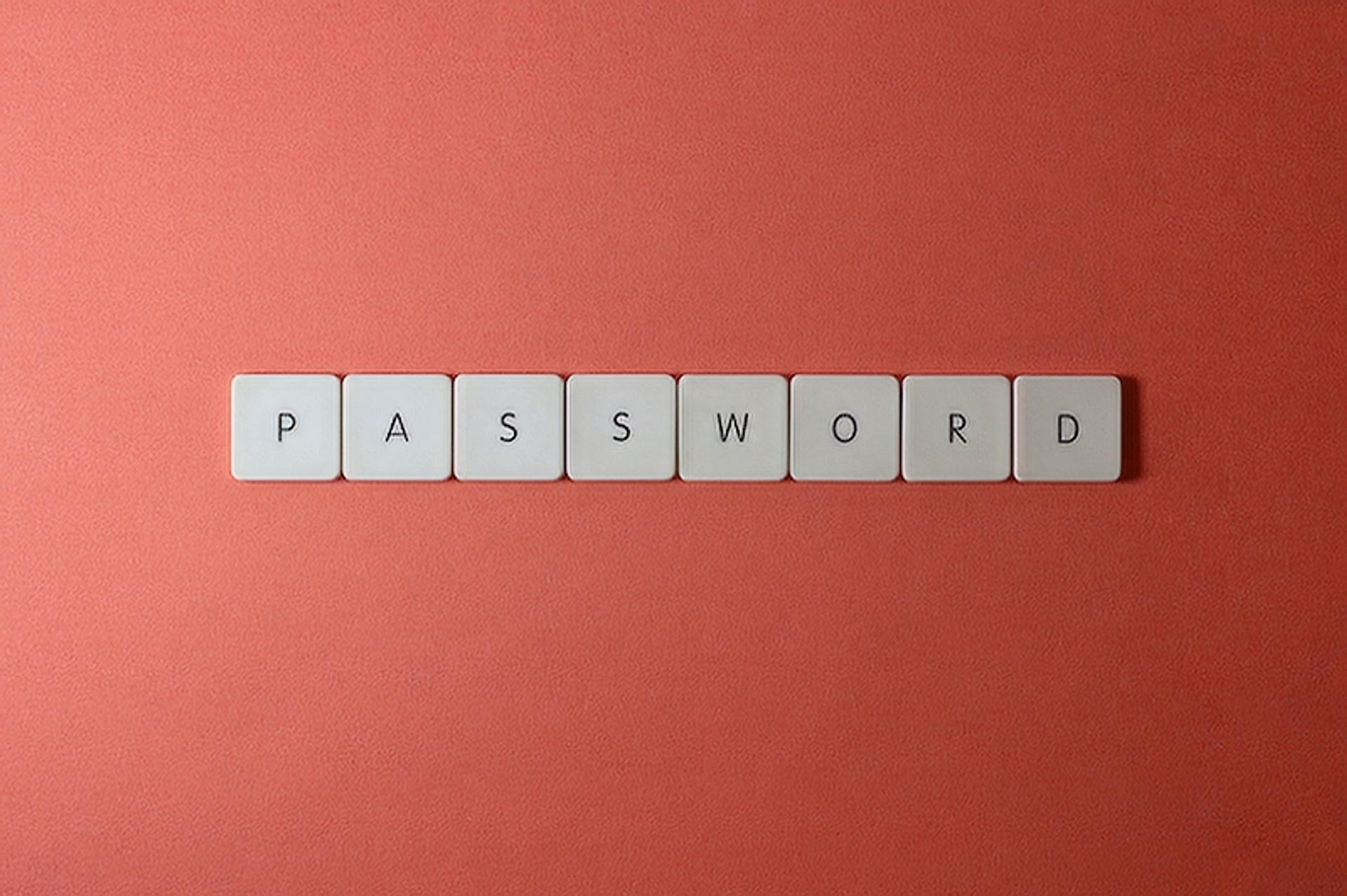How to create a secure password and protect your accounts

Published: October 13th, 2023

Estimated reading time: 2 minutes.
With the rise of digital technology, the need for secure passwords has never been more critical. Whether it's your bank account, email, or social media profiles, a strong password is your first line of defense against cyber threats. Let's dive into the art of creating a secure password and protecting your accounts.
Understanding the Importance of Secure Passwords
Before we get into the how-to, it's critical to comprehend why strong passwords are so important. Your password is like your house key in the digital world. You're asking for trouble if something is simple to copy or figure out. Cybercriminals are constantly searching for vulnerable passwords to use, which can result in identity theft, financial loss, and a lot of worry. You don't want somebody figuring out your password.
Creating a Strong Password: The Basics
Now that we understand the importance, let's get down to business. Here are some fundamental rules for creating a strong password:
- Length matters: Aim for at least 12 characters. The longer, the better.
- Complexity is key: Use a mix of uppercase and lowercase letters, numbers, and symbols.
- Avoid personal information: Never use easily guessed details like your name, birthdate, or common words.
- Be unique: Don't reuse passwords across different accounts. If hackers get your password from one site, they will have it for others as well if your passwords are reused.
Tools to Help You Create and Remember Secure Passwords
Remembering a unique, complex password for each account can be a daunting task. Thankfully, there are tools to help:
- Password managers: These tools generate and store complex passwords for you. All you need to remember is one master password. I personally use Bitwarden.
- Two-factor authentication (2FA): This adds an extra layer of security by requiring a second form of identification, like a text message code or fingerprint.
Regularly Update Your Passwords
Creating a secure password isn't a one-and-done deal. Regularly updating your passwords is a crucial part of maintaining your online security. Aim to change your passwords every three to six months.
This practice ensures that even if your login credentials were compromised in a data breach or if someone inadvertently learned your password, their access would only be temporary, reducing the risk of unauthorized access to your accounts. Additionally, it's a proactive way to adapt to the evolving threat landscape and enhance your overall cybersecurity posture.
Creating a secure password might seem like a hassle, but it's a small price to pay for the peace of mind it brings. By following these guidelines and regularly updating your passwords, you can significantly reduce your risk of falling victim to cybercrime.